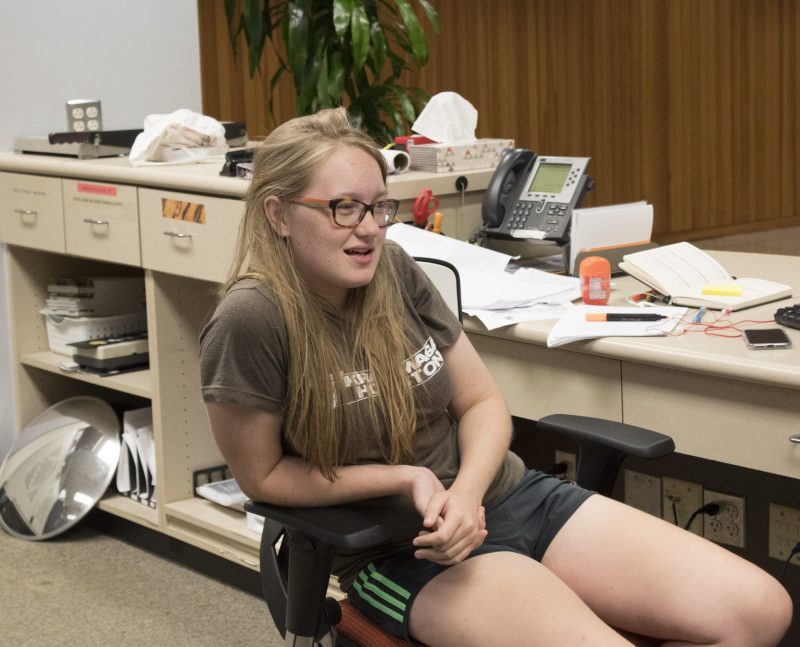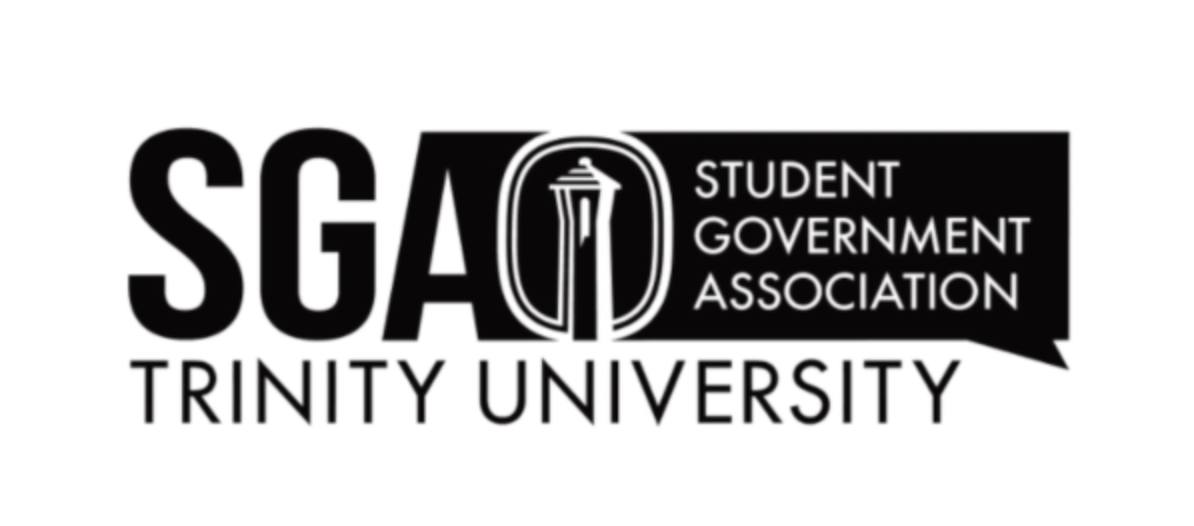Informational Technology Services (ITS) will continue to work this semester to improve the quality of Wi-Fi and increase the number of access points on campus to meet the demand from students.
Over the last two years, the Core Infrastructure Services Team (CIS), a division of ITS, has been updating the network throughout campus, starting with residence halls. This year, they plan to complete the campus-wide update by improving connectivity in half of upper campus.
CIS chooses a services provider’s internet package and implements it throughout campus using access points. Wendy Apfel, instructional support manager, described the purpose of the access points, which provide opportunities for students to be connected to Wi-Fi.
“They provide a certain number of connections simultaneously. Obviously, the more connections that are connected to an access point, the less bandwidth that’s available for people,” Apfel said. “So if they’re maxed out on usage — if they have 50 connections to them — those people are sharing what’s available, but if they have four connections then four people are sharing the bandwidth available.”
More access points were added to residential halls two years ago. However, last fall the buildings on upper campus were not yet updated. One instance where CIS realized the lack of connectivity on upper campus was during the Spanish placement exam.
“We normally don’t have something like 300 students simultaneously connecting to the wireless in Chapman [Hall]. So last year and in previous years, when we offered the language placement exam, we’ve encountered this problem. Over last year and this summer, the wireless upgrade for upper campus was completed, and if you ask a first-year who took the placement exam they will likely tell you they experienced no problem,” Apfel said.
Connie Laing, junior and ITS Help Desk employee, saw 50 to 75 students over the summer and this fall with connectivity problems.
“Over the summer, they did an update which caused some issues with students’ Wi-Fi when they came back to campus or for faculty who were on campus. Not always, but sometimes it can become incompatible with your computer or your computer doesn’t accept the update just for security reasons,” Laing said. “So students will either come [to the ITS help desk] or they’ll go down to the visit the residential computing consultants in Witt Winn, and they’ll have a wrapper downloaded.”
James Procter, senior and ITS help desk employee, explained the purpose of the wrapper.
“It’s a piece of software that makes sure the computer is compatible with the Wi-Fi, so it’s an additional program that runs in the background of computers but doesn’t eat up any memory or storage or anything, so if the computer ever drops off the Wi-Fi it should say, ‘No, the computer is allowed to go on,’ ” Procter said.
CIS focused on adding more access points in buildings around campus, improving the probability for students to connect and remain connected to Wi-Fi. Within the next year, Gerno Reinard, senior systems administrator and member of CIS, will oversee the addition of 350 access points on campus. This will add to the 1,200 access points already on campus.
“It’s a continuation to get on the latest wireless technology. All of the dorms are already on it. The second half of the upper campus part will happen, as far as I know, in the next 12 months. That will upgrade the residences where the [virtual private servers] live, the Holt Center, the outliers like the soccer field. The things that we left until last because they were either already fairly new or they were not used as frequently,” Reinard said.
However, this update does not guarantee that the internet will be faster for students, as that will require a purchase of more access to the internet.
Reinard emphasized that ITS welcomes student feedback in order to improve the user experience.
“Internet is always behind somewhere, or there’s always a limiting factor somewhere, so we try to stay ahead of that. It’s the user’s job to push us and find out where the limiting factor is,” Reinard said.







